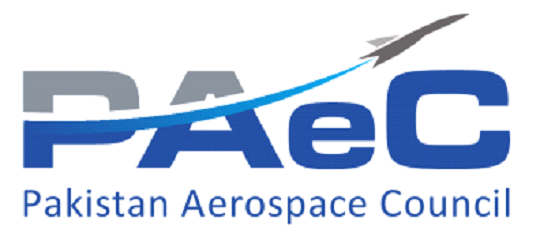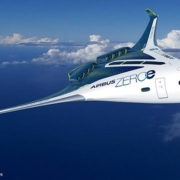Airbus aims to transform aviation with three new hydrogen aircraft concepts
Airbus has set out its bold ambition to develop and fly the world’s first large scale zero-emission commercial aircraft, revealing not one but three hydrogen-fuelled plane concepts.
The concepts each represent a different approach to zero-emission flight, with various propulsion technologies and aerodynamic configurations. All of the concepts rely on hydrogen as a primary power source – an option which Airbus believes holds ‘exceptional promise’ as a clean aviation fuel, which could help decarbonise the industry.
The three concepts, all codenamed ZEROe, are:
(a) A turbofan design (120-200 passengers) with a range of 2,000+ nautical miles (3,704km), capable of operating trans-continentally and powered by a modified gas turbine engine running on hydrogen, rather than jet fuel, through combustion. The liquid hydrogen would be stored and distributed via tanks located behind the rear pressure bulkhead.
(b) A turboprop design (up to 100 passengers) using a turboprop engine instead of a turbofan and also powered by hydrogen combustion in modified gas turbine engines, which would be capable of traveling more than 1,000 nautical miles (1,852km), making it a perfect option for short-haul trips.
(c) A ‘blended-wing body’ design (up to 200 passengers) concept, in which the wings merge with the main body of the aircraft with a long range similar to that of the turbofan concept. The exceptionally wide fuselage opens up multiple options for hydrogen storage and distribution, and for cabin layout.
In order to tackle these challenges, airports will require significant hydrogen transport and refuelling infrastructure to meet the needs of day-to-day operations. Airbus said support from governments will be key to meet the ambitious objectives, with increased funding for research and technology, digitalisation, and mechanisms that encourage the use of sustainable fuels and the renewal of aircraft fleets to allow airlines to retire older, less environmentally friendly aircraft earlier.

